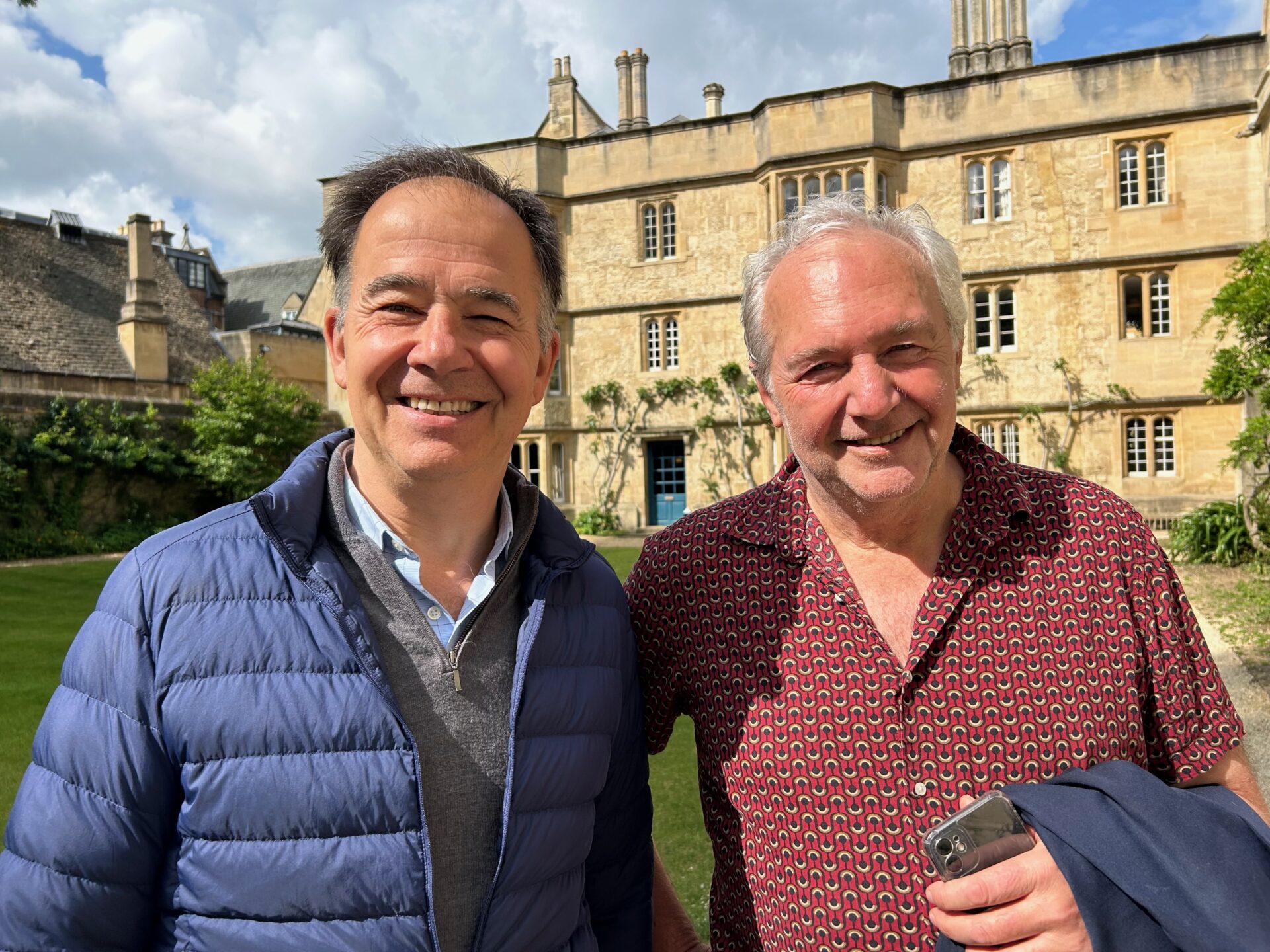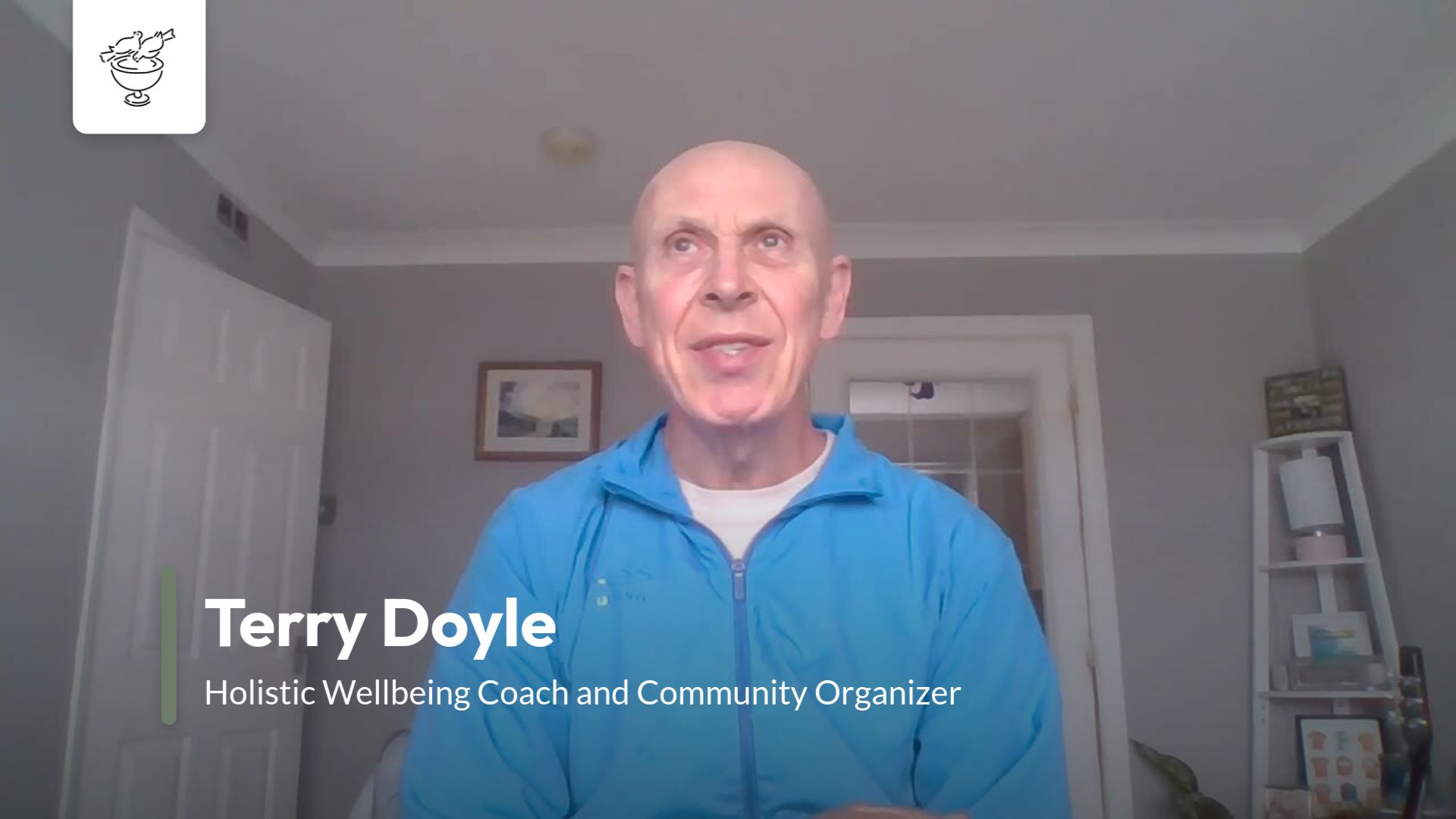by Paul Tratnyek
It will come as no surprise to educators that a Canadian study commissioned by Microsoft in May 20151 found the attention span of consumers has been decreasing in the digital age. The study reported the average human attention span in 2000 was 12 seconds. In 2013, this dropped to 8 seconds. Meanwhile, the average attention span of a goldfish is 9 seconds!
Seeking an antidote for this digital age phenomenon has led to the recent surge in mindfulness practices. The MindUP2 curriculum is spreading throughout North America. Current research on mindfulness practices shows an increase in attention span for students along with a number of other benefits. The big question for Catholic educators today is, “What are we paying attention to?” In response to this, I would like to introduce an ancient form of prayer many Catholic schools are rediscovering called Christian meditation.
History
Christian meditation dates back to the 3rd and 4th centuries with the early Desert Fathers and Mothers.3 In the deserts of Egypt, Syria, Palestine and other Middle East areas, they sought a simpler way of focusing their attention on God’s presence in all that surrounded them. St. John Cassian of the 4th century stressed repeating a formula or mantra during meditation and insisted this practice led to the silence of “pure prayer.” That is, praying without words and images.
Fr. John Main OSB was a Benedictine monk who rediscovered John Cassian’s writings. In 1977, the Archbishop of Montreal invited him to teach lay people Christian meditation. His former student, Fr. Laurence Freeman OSB,4 first taught Christian meditation to children in Montreal.
Why and How to Meditate
Fr. Freeman tells us “… the mind races from one thought to another. We meditate to calm the mind and to bring the mind into the heart. The real stillness is the stillness within.”5
The 3 Ss – Silence, Stillness and Simplicity – best describe Christian meditation as taught by Fr. Main.6 It is quite simple as outlined here.
1. Sit still and upright with your back straight.
2. Place both your feet flat on the floor or legs crossed if sitting on the floor.
3. Place your hands on your lap facing either upwards or downwards.
4. Close your eyes lightly.
5. Be aware of your normal breathing pattern for a minute or two as you relax.
6. Silently, interiorly, begin to say your sacred prayer word or mantra “ma-ra-na-tha,” in four equal syllables.
7. Listen to the sound of your sacred word as you say it, slowly, gently and continuously.
8. If thoughts and images come, keep returning to simply saying the word.
9. Maintain this stillness for the entire period of the meditation.7
Fr. Main recommended using the word “maranatha” as the sacred prayer word or mantra. It is an Aramaic word Jesus used meaning, “Come Lord,” found in the scriptures.8 Because it is in a foreign language, it tends not to conjure up images during meditation as we sit in stillness and silence allowing the Spirit who dwells within9 to speak in our hearts.
The Benefits
- Meditation deepens the children’s personal relationship with God
- Meditation leads to increased self-knowledge and self-acceptance
- Meditation increases the desire to build community with others
- Meditation reduces stress and increases children’s sense of well-being and harmony
The 2014-15 school year saw an overwhelming interest and participation of Catholic teachers, principals and senior administrators across the province learning about, experiencing and teaching Christian Meditation with Children. The compelling response of students and others is captured in an 11-minute video.10
Educators report that Christian meditation enables children to be:
- Still and silent, and experience God in the silence
- More considerate and loving
- More caring and thoughtful of others
- Kinder to friends
- Eager in anticipation of their meditation times
- Calmer and more relaxed
- Still for longer periods
We should not be surprised by their observations, as many are fruits of the Holy Spirit.11
Brain Research
Dr. Shanida Nataraja in her book, The Blissful Brain: Neuroscience and proof of the power of meditation12 reveals the scientific evidence that proves meditative practices benefit our health. More research is emerging on the positive impact meditation has on well-being. What we are seeing in the sciences is empirical evidence emerging that parallels what the early Desert Fathers and Mothers knew through intuition and experience.
Christian Meditation and Mindfulness
Meditation can be found in all of the world’s major religions. Below is a table drawing the similarities and differences between mindfulness practice and Christian meditation.
| MINDFULNESS | CHRISTIAN MEDITATION |
|---|---|
| Rooted in Buddhist practice | Rooted in our Christian Tradition |
| Technique | Surrender – contemplation is not the result of a well-honed technique but of grace |
| Mind activity | “Pure prayer” of the heart |
| Attention is on self (time limited) | Attention is coming off yourself (leaving the self behind) |
| Focus on the present | Focus on the present |
| Measurable results focus (self-regulation, calming) | Faithfulness and trust focus |
| Way of preparing for meditation by calming the mind and harmonizing mind and body | Produces mindfulness – makes you more aware, mindful |
| Benefits include reducing stress, self-regulation, increased self knowledge and acceptance, increases sense of well-being and harmony, increases the desire to build community with others, calmness, enhances learning | Benefits include reducing stress, self-regulation, increased self knowledge and acceptance, increases sense of well-being and harmony, increases the desire to build community with others, calmness, enhances learning.Fruits – “But the fruit of the Spirit is love, joy, peace, patient endurance, kindness, goodness, faithfulness, gentleness and self-control” (Galatians 5: 22) |
| Transactional | Transformational |
As Christian meditation spreads in Catholic schools throughout the province, it is important to remain faithful to the simplicity of it as described here and to maintain a daily practice.
Meditation is not intended to replace the sacraments and other forms of prayer, but rather, can help enhance their experience. Bishop Gerard Bergie of St. Catharine’s Diocese said:
I hope that as the children feel more comfortable with silence, they’ll
also see the role of silence in the liturgy, and how it is being active, it
is participating but in a new and wonderful way.13
Let us rediscover the richness of Christian meditation and help our students and staff enter a deeper awareness of Christ’s presence that constantly surrounds us when seeing with the eyes of the heart. Our digital age is in desperate need of this kind of attention.
Paul Tratnyek is a Faith Animator, Brant Haldimand Norfolk CDSB, and School Liaison for The World Community for Christian Meditation – Canada.
References:
1 Microsoft attention spans, Spring 2015 | @msadvertisingca #msftattnspans
2 thehawnfoundation.org/mindup
3 See The Sayings of The Desert Fathers by Benedicta Ward SLG and The Forgotten Desert Mothers by Laura Swan OSB
4 Fr. Laurence is currently Executive Director of The World Community for Christian Meditation – wccm.org
5 Listen to the CD Lord Teach us to Pray: Introduction to Christian Meditation, Laurence Freeman OSB, MedioMedia
6 See The Heart of Creation Meditation: a way of setting God free in the world by John Main, edited by Laurence Freeman, Caterbury Press, 2007
7 Adapted from the Canadian Christian Meditation Community. www.wccm-canada.ca
8 1 Corinthians 16:22 and Revelation 22:20
9 See Matthew 6:6, Luke 17:20-21 and 1 Corinthians 3:16 for scriptural references to the indwelling of the Spirit.
10 The video can be viewed at www.youtube.com/watch?v=X2CK8h3E9f0 with French, Spanish and Polish subtitles.
11 See Galatian 5:22-23 – “…the fruit of the Spirit is love, joy, peace, patience, kindness, generosity, faithfulness, 23 gentleness, and self-control.”
12 Dr. Nataraja provides evidence of health benefits for long term meditators including lower stress levels, improved cardiovascular health, cognitive changes, psychological impact, coping strategies.
13 www.youtube.com/watch?v=X2CK8h3E9f0
Note: Article originally published in Principal Connections (Ontario, Canada), Summer 2016, Volume 19, Issue 3




